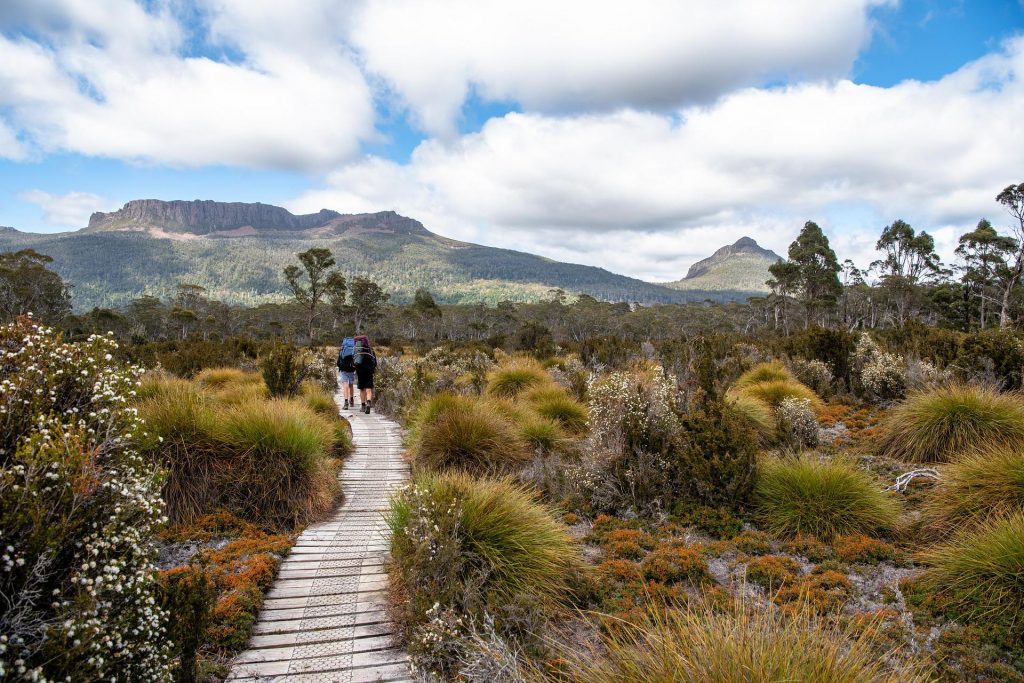Before making any overland van mods, consider the following rules:
1. Need versus Want
Where are you going, and what will you need to be safe and successful? Especially if you’re a beginner, focus on the needs first.
2. Stick Close the Standard
Keep your build as simple as you can. The more you modify, and the more complex your modifications are, the more difficult it will be to make repairs, find replacement parts, or get support down the road.
3. Watch Your Weight
The heavier your weight, the lower your fuel economy and the more difficult it will be to maneuver in difficult conditions such as mud or sand. Heavy loads also put significant wear and tear on your vehicle’s most important components like the brakes, shocks, and even the engine. Keep your mods to a minimum, curate your gear, and keep the weight balanced and low to the ground.
4. Make Smart Suspension Upgrades
Your overlanding van is heavier than usual, so adding heavy-duty shocks and springs is a smart mod.
5. Think About Tires
Again, consider the terrain you plan to travel and choose the right tires. Larger tires give you a bigger footprint so you can get through mud, snow, and sand. They also protect the rims, improve your ground clearance, and give you more traction. And bring a spare that’s mounted on the back; tires mounted underneath are out of reach if you get stuck.
6. Pack an Air Compressor
Experienced overlanders know that modifying tire pressures is a critical skill. Inflating a deflated tire helps get you over different types of terrain, and you need an air compressor.
7. Think Like an Electrician
Many of your overlanding mods require electrical power. Expecting power from your main starter battery is neither wise nor safe. An auxiliary battery is the way to go.
8. Storage – Start Slow
You can find hundreds of storage options for your overland van—boxes, drawers, roof racks, and more. The more overlanding you do, the more you’ll refine your sense of what you need to bring and how you need to store it. Be slow to make permanent, expensive investments; wait until you’ve got a better idea of how you want things to work.
9. Bring Tools
You’re going to need tools, but which ones? These are the ones you’re likely to need while out and about. One sensible tip is this: as you set up your van for overlanding, place each tool you use during the process into a separate toolbox. Another good tip is to split tools up between vehicles if you’re in a caravan. There’s no need to carry duplicates, so communicate ahead of time with your buddies so you can have a full kit.
Now you’re ready. Have fun!




